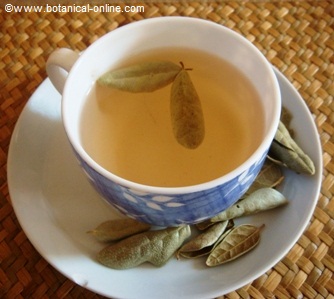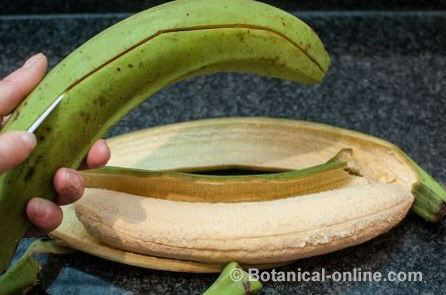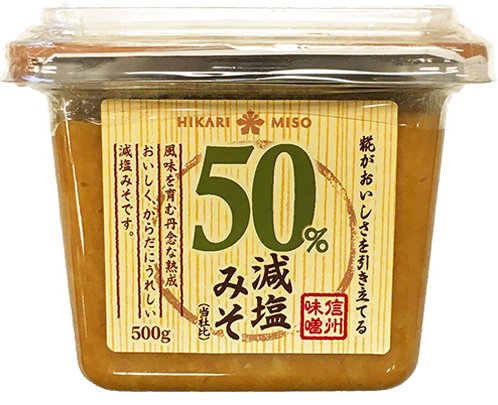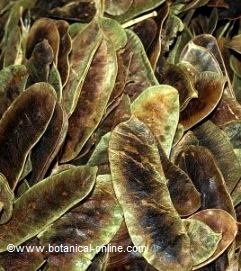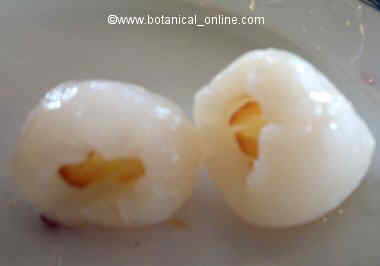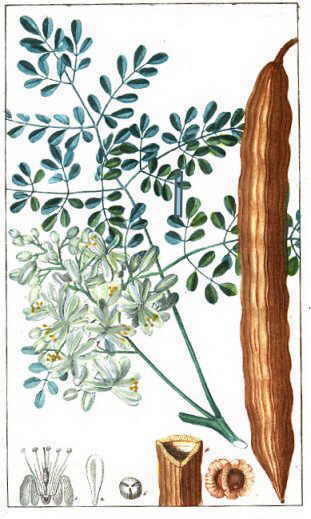Contents
- 1 MEDICINAL PROPERTIES OF OAK
- 1.1 NATURAL REMEDIES WITH OAK
- 1.2 Oak astringent properties
- 1.3 Hemostatic properties of oak tree
- 1.4 OAK BARK PREPARATIONS FOR INTERNAL USE
- 1.5 Oak bark decoctions for the digestive system
- 1.6 Astringent properties of oak bark for urogenital disorders
- 1.7 Properties of acorns to lower cholesterol
- 1.8 Oak bark remedies for external use
- 1.9 Can oak consumption be dangerous?
MEDICINAL PROPERTIES OF OAK
NATURAL REMEDIES WITH OAK
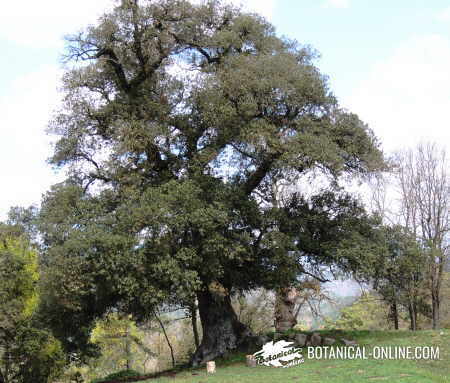
Appearance of a large, majestic oak (Quercus robur L.)
Historically, oak (Quercus robur L.) has always been highly appreciated, and for its great ecological importance (it is estimated that an oak can be colonized by more than 500 species of insects).
- Oak medicinal properties are derived from its richness in tannins and flavonoids that provide it with astringent, antiseptic, anti-inflammatory and hemostatic properties.
There are many plants that contain tannins, but what characterizes the oak is that it has one of the most potent tannins and in more concentration, which makes it one of the best astringent remedies.
Oak astringent properties
The astringent properties of oak are due to the presence of tannins (gallic acid) and catechins. It is called astringent to any substance that constricts body tissues. It is primarily used in two ways:
- Internally to reduce secretions, reduce swelling and stop bleeding.
- Externally to “dry” skin, tightening the tissue or blocking fluid.
Hemostatic properties of oak tree
It is called hemostatic to any compound capable of retaining blood flow. The hemostatic properties of certain plants are used to stop bleeding. These properties are used for the following conditions:
OAK BARK PREPARATIONS FOR INTERNAL USE
Oak bark decoctions for the digestive system
Oak bark decoctions are suitable for the digestive system abnormalities as they can neutralize excess secretions which can cause numerous problems such as:
- Diarrhea: This plant can stop diarrhea by reducing the excess of fluid in the gut, which is useful if colitis or diarrhea. (Decoction of a teaspoon of ground bark for each glass of water. (5 g.) Drink 3 cups a day).
For childhood diarrhea some acorns can be toasted and pounded into a powder. Make a decoction of 3 gr. per cup of water.
- Gastritis: It helps improve the symptoms of the disease, by acting on an inflamed gastric mucosa. Gallic acid, besides being astringent, has antiinflammatory properties because of flavonoids. (Decoction of a teaspoon of ground bark for each glass of water. (5 g.) Drink 2 glasses)
Do not exceed the dose and avoid treatment for ulcers because this plant can aggravate the disease. If a worsening, stop taking it and consult a doctor. The plant contains betasitosterol having ulcerogenic properties.
- Intestinal bleeding: People with intestinal bleeding can take the same mixture, provided that they have been diagnosed by a doctor and their ulcers do not present an evil character
Astringent properties of oak bark for urogenital disorders
- Urinary incontinence: The astringent properties of this plant can avoid this derangement (Decoction of a teaspoon of bark per cup of water for 10 minutes (three small glasses a day)
- Vaginal flow: The preparation above may be useful for the treatment of vaginal discharge.
Properties of acorns to lower cholesterol
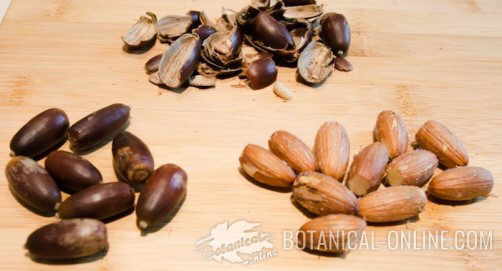
Photo of acorns.
For many years, acorns have served as food for humans, as have chestnuts. Currently, its consumption is relegated to those who still do not have the palate accustomed to the flavors of modern food.
Certainly, acorns have the taste of a somewhat bitter, astringent almond, due to its tannin content. Said components can also be used for medicinal purposes, since they are foods that lower cholesterol, and, for all the aforementioned, they are also very suitable for diarrhea. In addition, acorns are rich in healthy fats and carbohydrates, they provide healthy energy for the body. See how to collect and consume acorns.
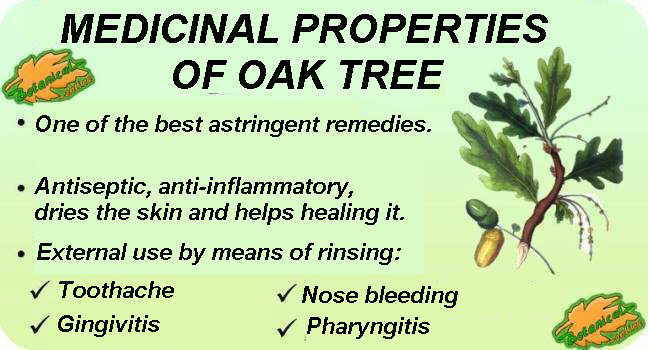
Main medicinal properties of oak and its benefits
Oak bark remedies for external use
Wealth in tannins and flavonoids gives the bark of this plant antiseptic, anti-inflammatory, astringent and hemostatic properties, which can be exploited for treating a number of conditions including:
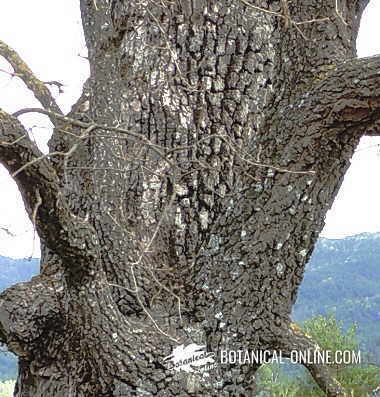
Detail of an oak trunk. The bark of this tree is purchased in herbalists and is used with medicinal properties.
- Pharyngitis: It reduces inflammation of the pharynx and helps eliminate germs that cause inflammation. (Decoction of 5 0 6 tablespoons of crumbled dried bark per liter of water. Make gargling)
- Sore throat: The same treatment is suitable to gargle in order to treat swollen tonsils.
- Rectal or anal problems: These same properties can be helpful in the treatment of rectal problems such as healing of hemorrhoids (Use the previous preparation to mix with water and perform sitz baths). Also for anal fistulas. (Decoction of a teaspoon of dried bark per cup of water. Wet a towel with the liquid and apply on fistula).
- Problems of the gums: The gums are body tissues that cover the teeth and portions near jaws. These tissues are subject to possible inflammation (gingivitis) with a clear disposition to bleeding (bleeding gums). (Mouthwashes made from macerating one tablespoon of fresh bark in a liter of red wine for 4 days help reduce gum inflammation and stop the outflow of blood)
- Mouth sores: Same rinses may be useful in the treatment of mouth sores.
- Nosebleeds: Oak is one of the best hemostatic, able to stop the flow of blood. This property can be used to stop nosebleeds in the even of epistaxis or frequent episodes of bleeding from the nose. (Crumble a bit of dry oak bark. Convert it into powder with a coffee grinder. Take a speck of dust between your fingers and insert it into the nose.)
- Cracks in the skin: The astringent properties of oak help to close the cracks in the skin in people who are prone to the formation of these grooves when their skin is very dry chapping, cracks on breasts, cracked anus, etc. (Decoction of a spoonful of dried bark per cup of water. Apply the liquid to the affected area two or three times daily)
- Chilblains: Its astringency may be suitable for the treatment of chilblains (decoction of 200 g of dried bark per 4 liters of water for ¼ hour. Cool and realize hands or feet baths with the resulting liquid)
- Inflammation of the vulva: Very useful in the treatment of vulvitis. (Make vulva baths with the liquid from the decoction of a spoonful of dried bark per cup of water.)
Can oak consumption be dangerous?
Oaks and related plants of the genus Quercus have a very high amount of tannins, especially in the bark, where it can reach up to 20% and a smaller proportion in the leaves and fruits (acorns)
The tannins are irritating for the intestinal mucosa can cause vomiting and even ulcerations. It is recommended, therefore, to use preparations for internal use only under supervision of the physician and never exceed the recommended dose.
Internal preparations should never be taken in case of gastroduodenal ulcer. Treatments for internal use should not be prolonged longer than 4 days.
External use applications must not be performed on very large wounds or extend them beyond 15 or 20 days. Patients who present infections, fever or heart problems should not perform any baths treatments with this plant.
* Related information: Oak characteristics
![]() More information on oak.
More information on oak.

